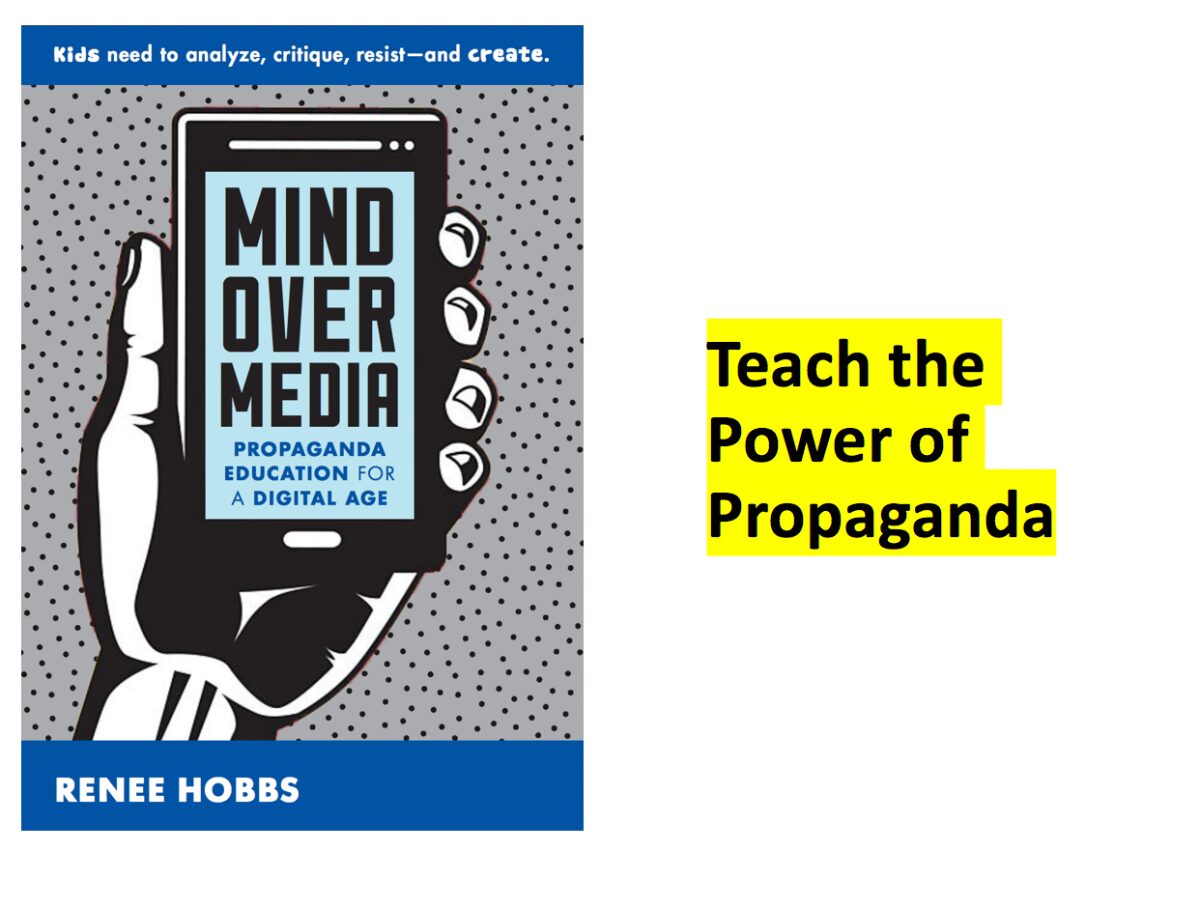
Imagine a world where information is carefully crafted to manipulate your thoughts and emotions. This isn’t science fiction – it’s propaganda. Propaganda is the use of one-sided information to influence public opinion, often for a political or ideological agenda. It can be subtle or in-your-face, but its goal is always the same: to shape how you think and behave.
Throughout history, propaganda has played a significant role in shaping wars, political movements, and even social norms. Understanding how propaganda works is crucial for navigating the information landscape in today’s complex world. Let’s delve into the history and techniques of propaganda, analyze real-world examples, and equip you with the critical thinking skills to become a discerning information consumer.
A History of Persuasion: The Power of Propaganda Through the Ages
Propaganda isn’t a new invention. Ancient rulers used imagery and rhetoric to sway public opinion. Think of the pharaohs of Egypt immortalizing themselves in grand monuments or Roman emperors using public spectacles to maintain control. The term “propaganda” itself originated in the 17th century, referring to the activities of a Catholic missionary congregation. However, the use of propaganda truly blossomed in the 20th century with the rise of mass media like radio and film.
World War I and II: Propaganda machines went into overdrive during these global conflicts. Posters demonized enemies, glorified patriotism, and encouraged citizens to support the war effort. Think of Uncle Sam urging Americans to enlist or the Nazi regime using films to spread anti-Semitic ideology.
The Cold War: The ideological clash between democracy and communism fueled a propaganda battleground. Both sides used media, art, and even literature to promote their ideologies and demonize their adversaries.
Modern Propaganda: While the Cold War may be over, propaganda hasn’t gone extinct. Today, it takes on more sophisticated forms, often disguised as entertainment or news. Social media platforms provide fertile ground for targeted advertising and the spread of misinformation. Political campaigns leverage social media algorithms to tailor messages to specific demographics.
The Toolbox of Persuasion: Unveiling Propaganda Techniques
Propagandists employ a variety of tactics to influence public opinion. Here are some of the most common techniques to watch out for:
- Name-Calling and Stereotyping: Attaching negative labels or creating simplistic generalizations about a group of people is a classic propaganda tactic.
- Bandwagon Effect: Creating a sense of urgency or social pressure to conform by implying “everyone else is doing it.”
- Glittering Generalities: Using positive but vague terms to evoke emotions and bypass critical thinking. Think of phrases like “freedom” or “national security” used without context.
- Testimonial: Using celebrities, experts, or ordinary people to endorse a message or product, leveraging their perceived credibility.
- Appeal to Emotion: Evoking fear, anger, or patriotism to cloud judgment and encourage a desired response.
By recognizing these techniques, you can become a more critical consumer of information and avoid being manipulated by propaganda.

Case Studies: The Power of Propaganda in Action
Let’s dissect real-world examples to illustrate the power and techniques of propaganda:
- Nazi Propaganda Posters: During World War II, Nazi Germany used posters with bold imagery and simple slogans to demonize Jews and glorify the Aryan race. These posters played a crucial role in promoting hate speech and garnering support for the Nazi regime.
- Cigarette Advertising: For decades, cigarette companies used glamorous images and misleading messages to downplay the health risks of smoking. This propaganda campaign targeted young people and created a false perception of smoking as cool and sophisticated.
- Social Media and Political Campaigns: Modern political campaigns leverage social media algorithms to target specific demographics with tailored messages. This can involve spreading misinformation, demonizing opponents, and mobilizing supporters through emotional appeals.
These examples highlight how propaganda can be used for both destructive and misleading purposes. By understanding its techniques and historical applications, we can become more vigilant information consumers.
Critical Thinking in the Age of Information Overload
In today’s information age, we’re bombarded with messages from all sides. Here are some tips to become a more critical consumer of information and avoid falling prey to propaganda:
- Question the Source: Who created the message? What is their agenda? Are they credible sources of information?
- Check the Facts: Don’t rely on a single source. Verify information with reputable news outlets and fact-checking websites.
- Beware of Emotional Appeals: Propaganda often plays on emotions like fear or anger. Take a step back and analyze the message rationally.
- Look for Evidence: Does the message provide concrete evidence to support its claims?
- Consider the Language: Propaganda often uses loaded language and generalizations. Be mindful of words that evoke strong emotions or paint a one-sided picture.
- Be Skeptical of “Us vs. Them” Narratives: Propaganda thrives on creating divisions and fostering a sense of “us” against “them.” Approach such narratives with a critical eye.

By cultivating these critical thinking skills, you can become more discerning consumers of information and empower yourself to navigate the complex world of persuasive communication.
Read Similar Posts
- The Power of Storytelling: Weaving Magic with Words and Captivating Readers
- The Ethics of Gene Editing: Unlocking Potential or Pandora’s Box?
- What Happens When We Die?
Conclusion: The Power of Awareness in a Persuasive World
Propaganda exists. It has existed for centuries, and it will continue to exist in various forms. The key takeaway isn’t to fear persuasion, but to be aware of its methods. By understanding the history, techniques, and red flags of propaganda, we can become empowered information consumers. In an age of constant communication, critical thinking is no longer a luxury – it’s a necessity. So, the next time you encounter a persuasive message, take a deep breath, question the source, and dissect the information before forming your own conclusions. Remember, knowledge is the ultimate weapon against manipulation.
Propaganda: Unmasking the Persuasion Machine – FAQs
Here are some frequently asked questions about propaganda:
FAQ 1: Is all persuasion propaganda?
Not necessarily. Persuasion can be a legitimate tool for communication and education. However, propaganda uses persuasion for a biased or manipulative agenda.
FAQ 2: How can I identify propaganda in social media?
Be wary of posts that rely heavily on emotional appeals, use inflammatory language, or lack credible sources. Check the profiles of those sharing the information and see if they have a history of spreading misinformation.
FAQ 3: What are some reliable sources for fact-checking information?
Several reputable fact-checking websites can help you verify information. Examples include Snopes (https://www.snopes.com/), PolitiFact (https://www.politifact.com/), and FactCheck.org (https://www.factcheck.org/).
FAQ 4: What can I do if I see someone spreading propaganda?
If it’s a close friend or family member, you can have a respectful conversation and point out the manipulative tactics. For online encounters, you can report the post to the platform for violating community guidelines.
FAQ 5: How can I teach my children about propaganda?
Encourage them to question information, discuss the source of messages, and highlight the importance of checking facts before forming opinions. Consider age-appropriate educational resources about media literacy and critical thinking.
By understanding the power of propaganda and applying critical thinking skills, we can navigate the world of information with greater awareness and avoid being manipulated by persuasive messages. Remember, a healthy dose of skepticism is your best defense against the propaganda machine.

